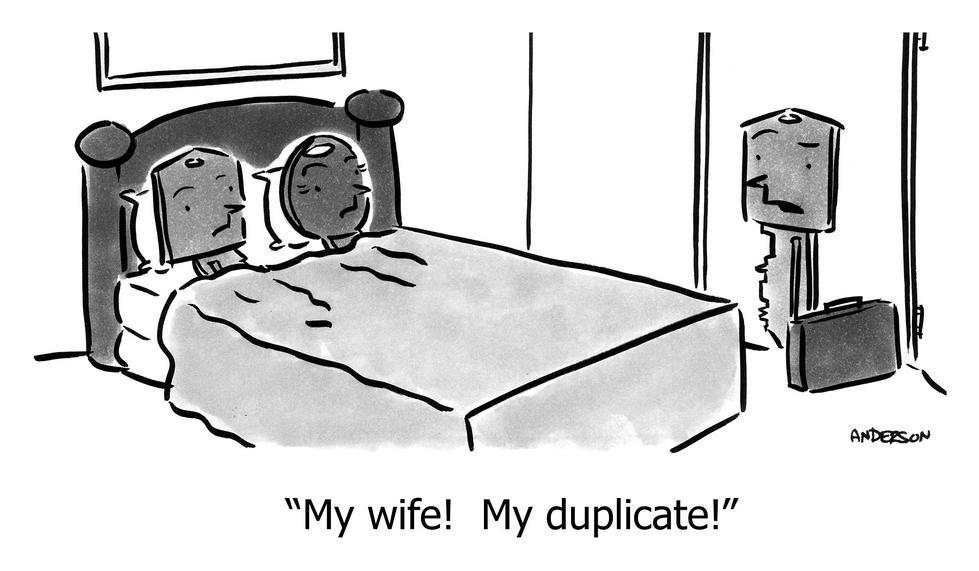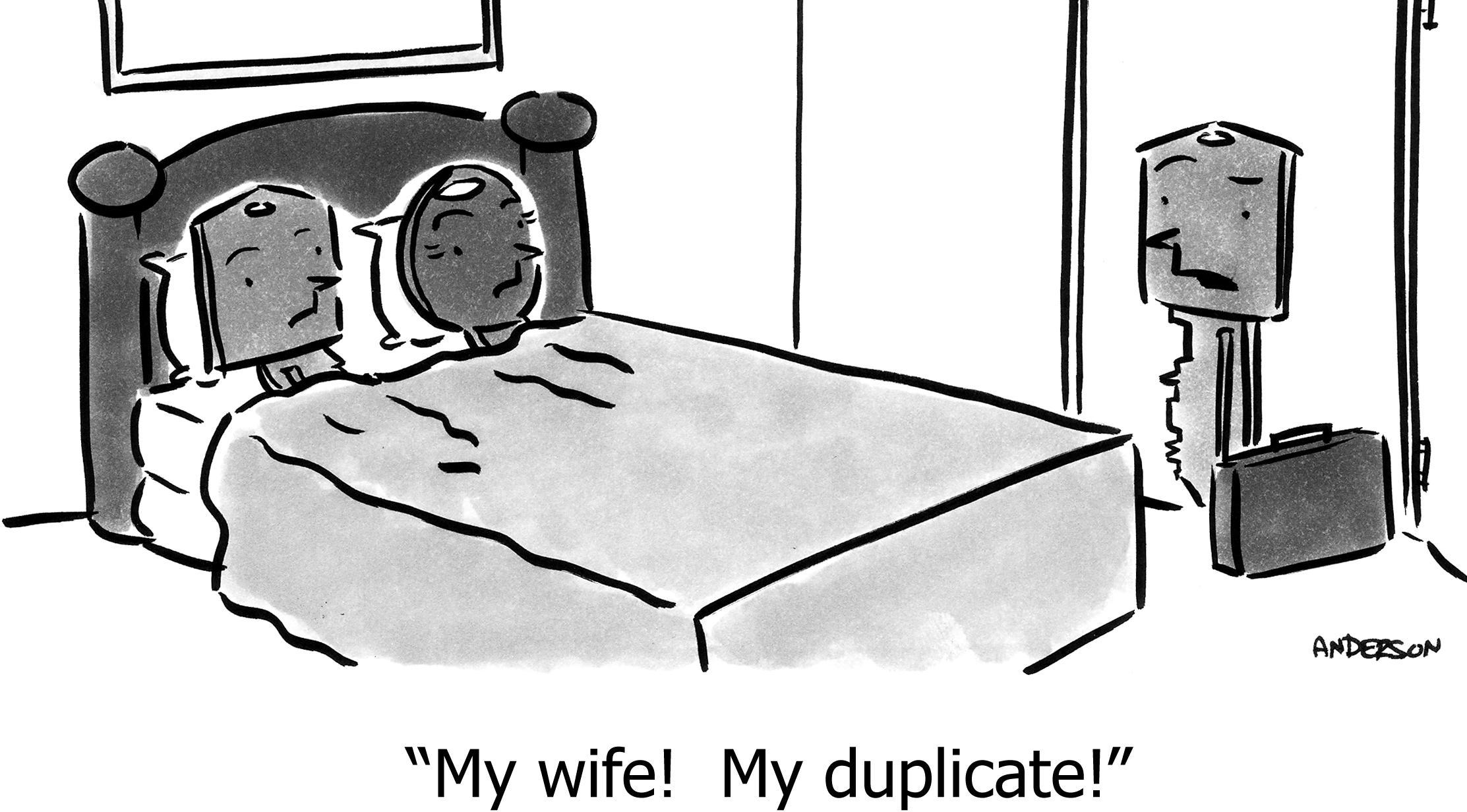Learn by Copy
High School English III doesn’t teach you how to write prose in the real world any more than a college CS degree teaches you how to write code in the real world. English III teaches you how to write things that English III teachers want to read.
I had to write an essay about Eudora Welty’s short story Why I live at the P.O. If you haven’t read it, don’t fret. (Yes, the email program “Eudora” is named after Welty.)
No one in the class understood what the story meant. It just seemed extraordinarily dull where nothing was happening, and then nothing happened, and then it ended. The teacher asked us what it meant; no one volunteered an answer. I piped up: “I really don’t know. I’d like to know but I don’t.” The teacher wasn’t happy. The teacher’s pet said the same. The teacher was so disgusted with our lack of insight that she never did tell us the answer.
Since I never learned to write well—persuasively, with entertainment, with interest—I learned by copying.
Not plagiarizing—that’s when you use someone else’s words. Rather, I tried to copy style. By copying I learned what I liked, what I had some ability to do.
Pasting style, not text.
For example, in Hello, I’m 1074018628, a little ditty from 2008, I copied Seth Godin’s style. It’s 160 words. It makes a simple, solitary point. It runs right from specific example to overarching lesson bordering on a morality tale. At the end you’re left inspired to improve yourself, and by extension improve the world.
Except… when you think about how to implement your newfound inspiration, you have no tools. The example is apt, but then again you’re not that bad—you don’t mail-merge numbers in MailChimp. And when you’re trying to be creative and innovative, you realize that “not shitty” isn’t a goal. So then you re-read the post looking for guidance for how to be extraordinary, but saying “be the opposite of shitty” is not a lesson at all. It’s just Seth (or me) staring back at you like my English III teacher, full of expectation and no answers.
So here’s what I learned by copying Seth: I like evocative examples, but I don’t like leaving the reader without a framework for finding a solution. I can’t explore an interesting thought in only 160 words. I like trying to leave the reader on an up-note. And I really did learn; see for example this article which exemplifies each of those specific lessons.
I copied others too, sometimes with attribution, like this satirical piece about Joel Spolsky whose construction was 100% lifted off the first essay of Steve Almond’s Rants, Exploits, and Obsessions (not that you asked). Here I learned that it was really fun, but inventing structures like that is beyond my ability.
Even now I’m copying! Even now, after I seem to have “found my voice,” with 60,000 subscribers in apparent agreement, I’m still experimenting with other voices. Like this very post, which I’m doing in the style of James Altucher, except without the sexual exploits, and therefore far less entertaining.
Specifically, like this post of James’s, I started with a personal story, but it won’t quite finish until the end where it wraps up with an almost trivial conclusion but leaves you with a sense of the larger point. I’m using shorter sentences than is my wont. I’m admitting embarrassing or disdainful things about myself, like how I’m insecure and how I have to copy others’ style rather than being strong and perceptive enough to develop my own.
Now that you know this is an attempt at style duplication, you can see for yourself how much better James is at it than I. But “being as good as James at James’ style” is not the goal. The goal is to learn and grow as a writer, and this was fun to do.
This technique is useful in almost any pursuit. I was the inter-mural racquetball champion at the University of Texas, and although it required lots of practice, I learned by watching the good players and trying to copy their movements—their swing, where they’d run, where they’d place the ball.
Did any great chef not, at various points in her career, intentionally learn various styles from various cultures?
Even Picasso—one of the most creative, innovating artists in history—first learned his craft by copying the styles of the Great Masters.
As a culture, at least in America, we cherish creativity, we reward uniqueness. We’re obsessed with “innovation.” We’re trained that copying is evil.
Rather, copying is one of the best ways of learning, growing, evaluating, and exploring. It’s a valid tool so long as we regard it as a means to an end.
Copying ironically helps you discover yourself: The way to discovering who you are, what you value, what you’re good at, what you believe, is to try things on, like clothes, to see what fits. Bits and pieces of you are already reflected in the things around you, so pick up handfuls of other creations and see which bits you want to keep.
Eventually the teacher’s pet found some commentary on Eudora Welty in our textbook, saying that Welty encapsulates Southern life and mores. We memorized it, in case it was on the test.
https://longform.asmartbear.com/learn-by-copy/
© 2007-2025 Jason Cohen
 @asmartbear
@asmartbear ePub (Kindle)
ePub (Kindle)
 Printable PDF
Printable PDF









